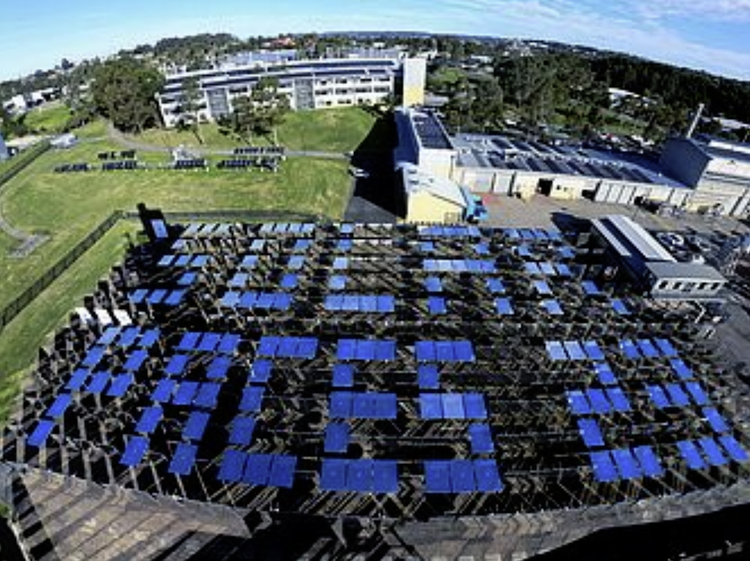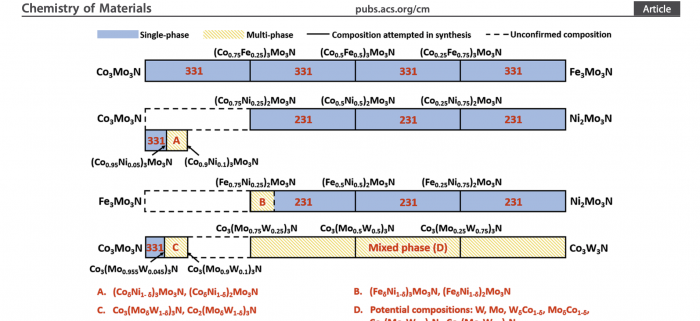How can Synhelion’s solar receiver reach such high temperatures? Synhelion’s solar receiver achieves a temperature of 1,500°C and higher. That’s unprecedented. Even the Gen3 particle-based solar receiver being pilot-scale tested now at Sandia – and the DLR CentRec receiver licensed to Heliogen – operate at the (relatively!) lower temperature of 1,000°C. One of Synhelion’s solar …
Continue reading “How can Synhelion’s solar receiver achieve such high temperatures?”







